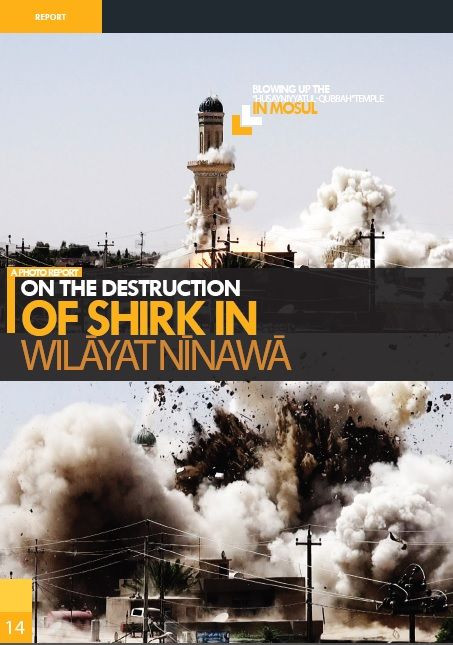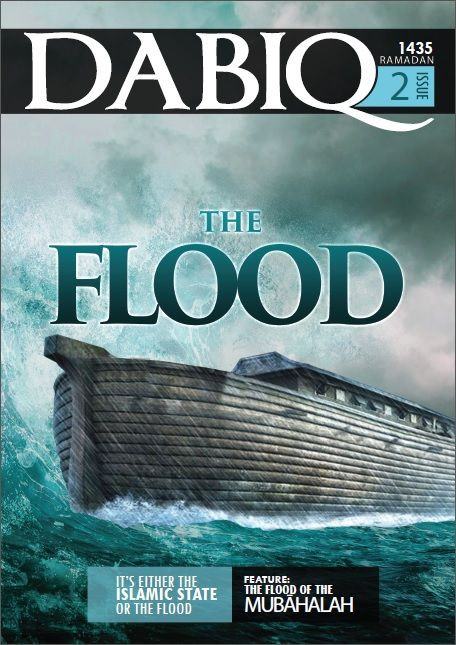ISIS Twitter, Facebook Account: James Foley Video Highlights Disturbing, But Effective Recruitment Campaign


One of the many shocking elements of the beheading video of U.S. journalist James Foley released by the Islamic State on Tuesday is how slickly it was produced. The video shot in HD quality and professionally edited was the latest effort in the militant group's ongoing public relations campaign aimed at recruiting new members and spreading its mission statement by using traditional social media and marketing tactics designed to create controversy.
The well-honed public relations operation is part of the reason why the militant group that has also called itself Islamic State in Iraq and Syria (ISIS) has been so successful in spreading their reign of terror. Its almost Machiavellian marketing approach uses fear to inspire loyalty among new recruits, Middle East experts say. Islamic State has also used various social media platforms, multimedia publications and even an appearance in a Vice News video series to target the coveted millennial demographic and spread news in their self-declared caliphate. Its main message? Join us or die.
Max Abrahms, a Northeastern professor who studies jihadist groups, said the Foley video could be a successful recruiting tactic because it shows that Islamic State is “committing to rival groups that it is the baddest kid on the block and that it is prepared for violence.” Such a display of force could “induce defections from rival groups to join ISIS.”
ISIS's marketing tactics embrace professional-looking communications through news updates, magazines, videos and even parody Twitter accounts. The mission statement of AlHayat Media Center, the Islamic State’s news organization, is to “convey the message of the Islamic State in different languages with the aim of unifying Muslims under one flag.”
“In a way ISIS has made social media, if you will, the CNN of the Internet,” said Dr. Shane Shook, a cybersecurity expert and chief strategy officer at ZeroFOX, a social media risk management. “They’re actually demonstrating, as far as we can tell, actual kinetic events, and they’re sensationalizing upon it through the association of electronic print media and social network, rather than simply publishing in websites with state content.”
In the past, the Islamic State stayed away from social media and were known to avoid any contact with journalists, but since they established a caliphate in parts of Iraq and Syria earlier this year, their strategy has changed. The group clearly wants to be seen as an established government and not a ragtag group of terrorists. A recent report from Vocativ said the group publishes quarterly reports of every gruesome murder it carries out. The reports seem reminiscent of how Western governments release lower unemployment numbers or trimmed budgets to establish transparency and citizenry trust.
“It’s a tragic statement, but they seemed to have learned what kind of PR has worked well to gain attention and gain awareness for their recruitment,” Shook said. “They’ve learned what kind of ghoulish content appeals to certain recruits and they’ve taken advantage of both.”
The 50,000 strong militant group is comprised of recruits from across the world, many of them young men. ISIS encourages them to have Twitter accounts and Facebook pages to foster community building. The public individual accounts often feature grainy images of attacks, inside jokes and congratulatory remarks. ISIS members also use the accounts to plan social events and comment on official business.
ISIS also has its own video series called the Mujatweets. Like Tuesday’s gruesome video, the YouTube series is shot in HD quality with impressive graphics. Translated into at least four different languages, the videos aim to show how happy and young men are in the caliphate. One video features Halal food being served in the caliphate and then cuts to a young man who says, “Alhamdulillah (thanks to God) the situation is excellent and things are going well.” The caption on the video reads: “Yummy! Halal food in Islamic State of Iraq and Sham held Raqqah in Syria. Have some tasty shawarma with the all the goodies.”
A recent issue of Dabiq, the group's online magazine, titled “Islamic State or the Flood,” refers to the punishment Allah sent the world when they refused to accept him per the Prophet Noah’s request. Noah did not give his people a choice, the magazine notes, “Rather, he told them with full clarity: ‘It’s either me or the flood.’” The 45-page magazine complete with vivid PDFs also highlights successful ISIS battles, featured members and general photos of life in the caliphate, with captions like “Blowing up the tomb of Arnā’ūt in the city of Tal ‘Afar.”
© Copyright IBTimes 2024. All rights reserved.












